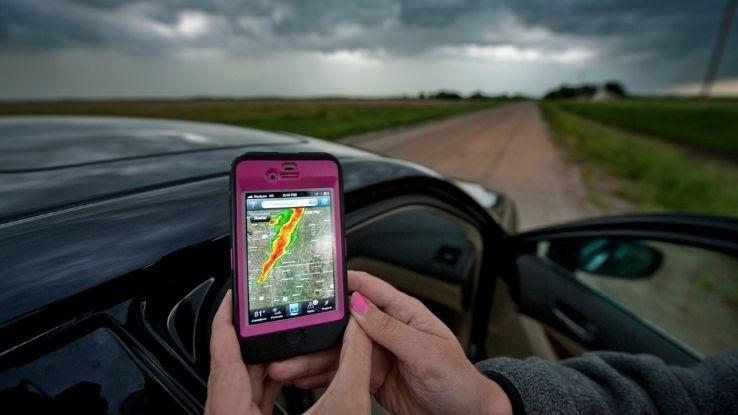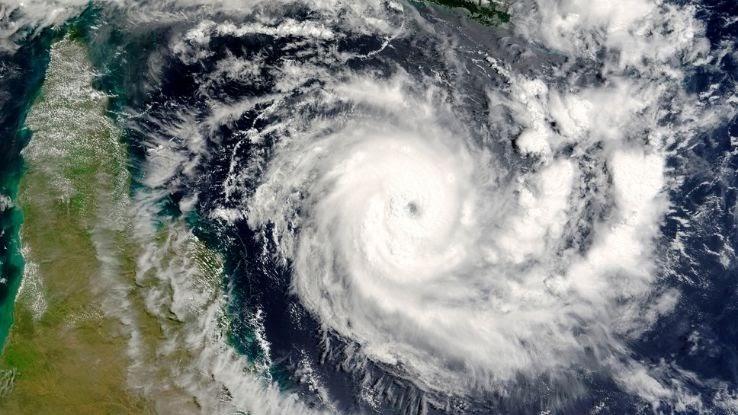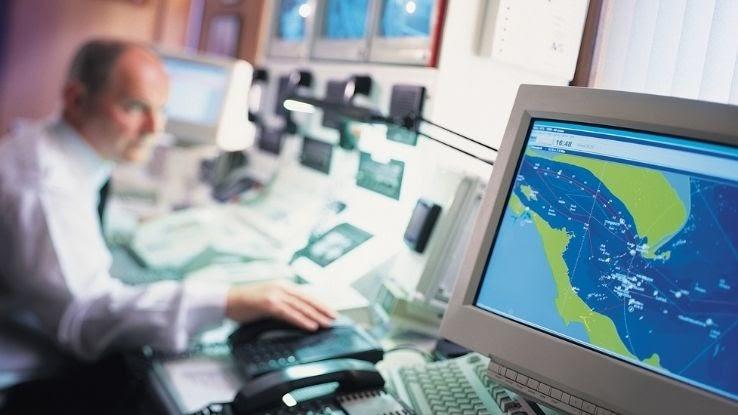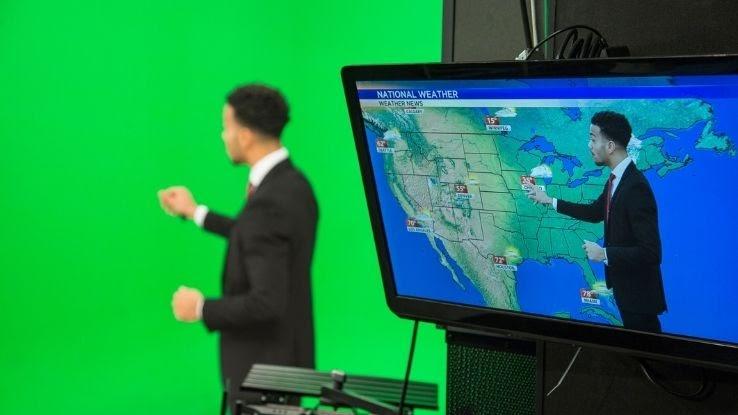Are U.S. National Weather Service Forecasts Accurate?

The U.S. National Weather Service (NWS) is a part of the National Oceanic and Atmospheric Administration (NOAA). Many people rely on the National Weather Service’s forecasts in order to better anticipate what the weather will be like so they can plan out their days. But it’s not uncommon to feel let down by a forecast, especially if you end up getting caught in a rainstorm or snow flurry when you thought it was safe to leave your jacket at home. In this article, we’ll explore the basics you should know about the NWS, compare the NWS to other big-name weather sites and examine how accurate (and trustworthy) their forecasts really are.
Behind the Scenes of the National Weather Service: Satellites and Funding
The NWS’s mission is to “to provide observations, forecasts, and warnings of weather, water and climate for the protection of life and property and enhancement of the national economy.” The service is funded by the U.S. government. In 2021, the Biden administration proposed the largest budget increase for NOAA to date, which brings the organization’s funding up to $6.9 billion. This funding will be partially used to ensure the NWS is able to continue its use of advanced technology to predict the weather, which includes using environmental satellites.

Satellites are instruments that provide information about the atmospheric conditions of the planet, and these are essential for accurately forecasting the weather. NOAA uses three types of satellites to observe the weather on Earth.
Geostationary Satellites
Geostationary satellites orbit Earth at the same speed as the planet, which allows them to collect near-continuous images of the same area. Because they focus on one area, they also provide up-to-the-minute information on severe weather. Forecasters use these data to determine how quickly a storm and other weather conditions might grow and move.
Polar-Orbiting Satellites
A system of satellites called the Joint Polar Satellite System (JPSS) orbits approximately 500 miles above Earth. Its satellites zoom around our globe 14 times each day. Because they orbit between poles, the JPSS can observe any area multiple times daily.
Satellites in polar orbit have the capability to monitor Earth’s entire atmosphere at a high resolution. This can help forecasters determine tropical weather patterns, which can allow them to effectively predict long-term weather up to a week in advance.
Deep Space Satellite
The Deep Space Climate Observatory (DSCOVR) orbits Earth nearly 1 million miles away from the planet, providing space weather predictions and measuring how much solar energy the planet absorbs every day. DSCOVR also measures ozone and aerosols, two factors that are essential for overseeing air quality.
How Accurate Are 10-Day+ Forecasts?
The NWS provides a number of different extended forecasts to help people better anticipate outdoor conditions for longer periods of time. These include yearly, 30–90-day, two-week and 10-day forecasts that aim to outline expected precipitation and temperature levels. According to NOAA’s SciJinks learning website, one-week forecasts are approximately 80% accurate, and five-day forecasts are approximately 90% accurate. However, a 10-day or longer forecast is only accurate about half the time.

A weather model’s unreliability can be attributed to both its mismatch to actuality and to atmospheric chaos. Weather models rely on observations obtained from satellites, balloons and other outposts to provide initial impressions about conditions, and these methods are far from perfect.
However, forecasting is also dependent on analyzing past weather conditions and events and determining what patterns arise, then using data from those patterns to make highly educated guesses about what will happen. According to SciJinks, “Since we can’t collect data from the future, models have to use estimates and assumptions to predict future weather. The atmosphere is changing all the time, so those estimates are less reliable the further you get into the future.” This accounts for the diminishing accuracy levels for extended forecasts.
The National Weather Service vs. Other Top Weather Forecasters: The Battle for Accuracy
If you have several different weather apps on your smartphone, you’ve probably noticed that they all tend to show slightly different forecasts. Weather Underground, Foreca Weather, OpenWeatherMap, The Weather Channel, AccuWeather and more are all competitors in forecast accuracy. But private forecasters — along with producing their own data — often rely on data provided by the NWS. So, which ones can you really trust?

To determine how the NWS compares to the rest, let’s look at the top contender: AccuWeather. The main difference between the two is that the NWS is funded by the government, while AccuWeather is a part of the $7 billion private weather forecasting industry.
A four-year analysis by independent forecast tracker Forecast Watch looked at 120 million forecasts from over 1,000 locations globally. The results pinpointed AccuWeather as the most accurate provider of temperature, precipitation and wind speed forecasts for a one- to five-day forecast period.
However, in 2015, the NWS decided it was time for a change. The organization ended up signing a licensing agreement with AccuWeather, which gave it the right to use two unique technology patents. Although private agencies do use the NWS for some of their data, they’re largely becoming more independent by developing their own (sometimes superior) technologies. This puts the NWS in an awkward position, as there’s now an increasing need to continue to collaborate with private agencies in order to ensure its service remains as accurate as possible.
NOAA has noted that American weather forecasts all fall behind in terms of accuracy when compared with European models. This is due to the fact that Europe allocates five times as many resources to weather research, while America tends to focus on parallel modeling programs.
So, Just How Accurate Are National Weather Service Forecasts?
It should be noted that, just like other weather services in the United States, the NWS can most accurately predict the weather up to a week in advance. However, as government funding and collaboration with private forecast services continue to grow, the NWS continues to improve its accuracy and reliability.

It’s no secret that NOAA is well aware of the NWS’s limitations in weather forecasting and is on a mission to create new technology that’ll help improve weather forecasting with its $15 million Earth Prediction Innovation Center project. These efforts, combined with more extensive government funding initiatives, can help ensure the NWS won’t fall behind when compared to private weather forecasters.





